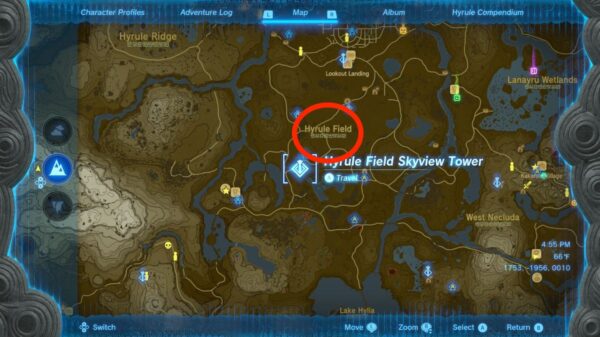Normal Type Pokémon are an essential part of the Pokémon universe, with many trainers starting their journey with one. Despite their seemingly simple nature, they have unique strengths and weaknesses that trainers should be aware of. In this article, we’ll delve into the world of Normal Type Pokémon, exploring their weaknesses, resistances, and how to optimize their usage in battle.
Normal Type Pokémon Overview
What Are Normal Type Pokémon?
Normal Type Pokémon are the most basic Pokémon found in the franchise. They are typically single-typed, but occasionally, they can be paired with other types like Flying to create dual-type Pokémon. Some examples of popular Normal Type Pokémon include Snorlax, Rattata, and Eevee. Although they might not have any extraordinary abilities or attributes, understanding their strengths and weaknesses is crucial for trainers.
Normal Type Pokémon in Battles
Weaknesses
Normal Type Pokémon have a single weakness: Fighting Type moves. When facing a Fighting Type Pokémon or an opponent with Fighting Type moves, trainers should avoid using their Normal Type Pokémon.
The damage dealt by super effective Fighting Type moves is multiplied by two, and if the attacking Pokémon has a same-type-attack-bonus (STAB), the damage increases by another 1.5 times. This makes Fighting Type moves particularly dangerous for Normal Type Pokémon.
Resistances
Normal Type Pokémon have unique interactions with Ghost Type moves. They are immune to Ghost Type moves, making them an excellent choice for trainers when facing Ghost Type Pokémon. However, this immunity also applies in reverse: Normal Type moves have no effect on Ghost Type Pokémon. This unique two-way interaction is one of the few in the Pokémon universe where moves can be entirely ineffective.
There are some exceptions to this rule. Two moves, Odor Sleuth and Foresight, allow Normal Type Pokémon to damage Ghost Type Pokémon with their moves. Additionally, some Pokémon with the ability Scrappy can use Normal and Fighting Type moves to hit Ghost Type Pokémon.
Normal Type Moves
While Normal Type Pokémon have only one weakness, their moves are not super effective against any other type. Instead, they deal regular damage to most other Pokémon types, except for Rock and Steel Types. Rock and Steel Type Pokémon resist Normal Type moves, taking only half damage from them. This makes it essential for trainers to have additional coverage moves to deal with these resistant types.
How to Use Normal Type Pokémon Effectively
Despite their lack of super effective moves, Normal Type Pokémon can be valuable additions to any team. Here are some tips for using them effectively:
- Coverage moves: Since Normal Type moves aren’t super effective against any type, it’s crucial to give your Normal Type Pokémon a diverse move set. Teach them moves of different types to cover their weaknesses and exploit the weaknesses of opposing Pokémon.
- Utilize their immunity: Take advantage of the immunity of Normal Type Pokémon to Ghost Type moves. Swap them in when facing Ghost Type Pokémon to negate the damage and force your opponent to switch or risk losing their Pokémon.
- Beware of Fighting Type moves: Keep an eye on your opponent’s team and moves. If they have a Fighting Type Pokémon or moves, avoid using your Normal Type Pokémon to minimize the damage taken.
- Focus on stats and abilities: Since Normal Type Pokémon typically have lower physical and special defense stats, invest in training these attributes to improve their overall survivability. Also, make use of unique abilities like Scrappy to expand their move effectiveness against Ghost Type Pokémon.
Wrapping Up
Normal Type Pokémon may seem unremarkable at first glance, but their unique resistances and immunities make them a valuable asset to any team.
Read More From Remeshed:



























